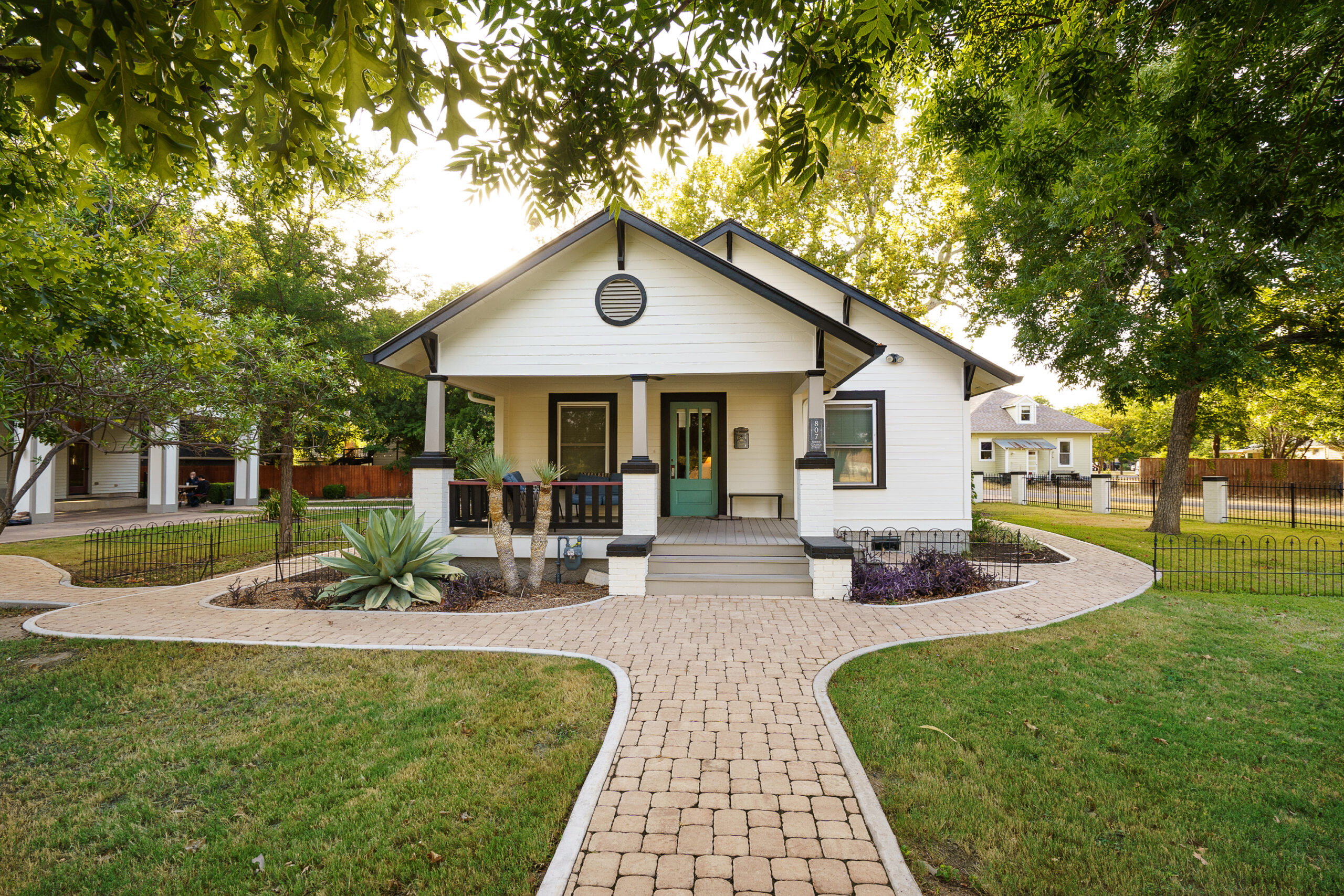Having two or more disorders at the same time is known as having co-occurring disorders. Often, a person’s struggle to cope with their primary mental health disorder will lead to the development of a secondary disorder, such as substance use disorder, an eating disorder, or otherwise.
However, some disorders that, at first sight, don’t seem likely to co-occur appear in a pattern among people who receive diagnoses. One of these patterns of co-occurring disorders includes autism spectrum disorder (ASD) and personality disorders.
The Prevalence of Co-Occurring Autism and Personality Disorder
One study states that the rate of people who meet the criteria for a psychiatric disorder is much higher in individuals with ASD than in the rest of the population. At least 69% are thought to experience co-occurring psychiatric disorders. One fine distinction is that those who have an intellectual disability with ASD are less likely to have a co-occurring psychiatric disorder.
The Challenges of These Co-Occurring Disorders
ASD can make it challenging to manage jobs and relationships, but the added difficulties of a personality disorder drastically increase the risk of self-harm and suicide.
The most common co-occurring personality disorder in those with autism is borderline personality disorder (BPD). Studies looking into common traits between the two found that people with ASD and BPD were significantly challenged in emotional and social functioning.
Diagnosing ASD and Personality Disorders
A common problem in diagnosing personality disorders is that those experiencing the consequences aren’t able to analyze their behaviors enough to recognize them as personality disorders. As a result, diagnoses require seeking information from friends, family members, or criminal records to establish a history of behavior.
ASD symptoms may vary in severity, but diagnosing autism in adults can be quite tricky because of how they’ve learned to cope and “camouflage.”
Finding Treatment
People with co-occurring ASD and personality disorders are at significant risk of severe depression. If you believe that you or a loved one is struggling with autism and a co-occurring disorder, Alta Loma can help give you the tools needed to cope with symptoms and manage the two disorders.
Living with any mental health disorder can significantly impair a person’s ability to function normally in work, school, or social relationships. Having more than one disorder is even more hazardous. At Alta Loma, we know that co-occurring disorders can’t be treated in isolation. Treating one part of your mental health won’t create widespread and long-term change. Our individualized treatment and our varying levels of care are built to ensure you get the type and intensity of treatment you need. To find out more about our individualized treatment programs, call us today at (866) 457-3843.
[/fusion_text][/fusion_builder_column][/fusion_builder_row][/fusion_builder_container]





